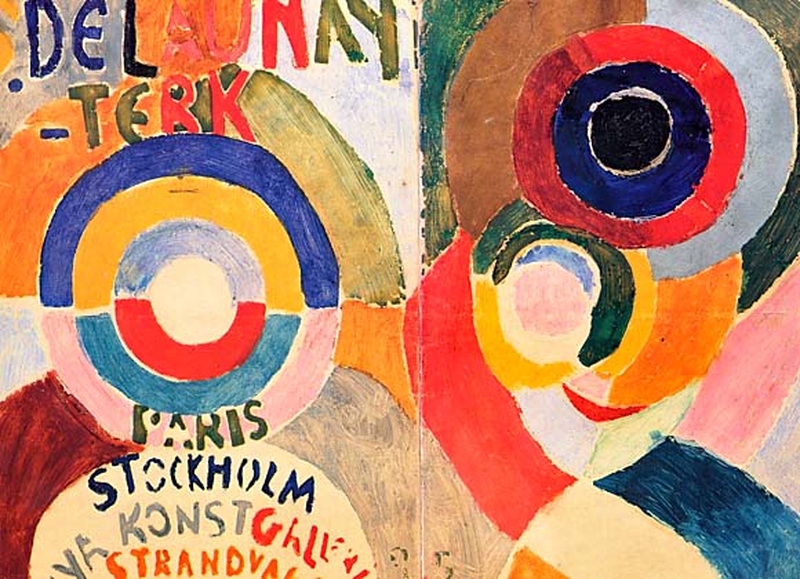Literature scholars differ over the years that encompass the Modernist period, however most generally agree that modernist authors published as early as the 1880s and into the mid-1940s. During this period, society at every level underwent profound changes. War and industrialization seemed to devalue the individual. Global communication made the world a smaller place. The pace of change was dizzying. Writers responded to this new world in a variety of ways.

Part 1
Perspectivism: the locating of meaning from the viewpoint of the individual (narrator’s position important); realist novel > omniscient narrator > knows everything > background, thoughts, wishes, reasons for actions, ‘more than human’, Modernist narrator > gives his/her point of view, emotions, subjective, limited
Impressionism: an emphasis on the process of perception and knowing: the use of devices (formal, linguistic, representational), to present more closely the texture or process or structure of knowing and perceiving. A re-structuring of literature and the experience of reality it re-presents.
Life is not a series of gig lamps symmetrically arranged; but a luminous halo, a semi-transparent envelope surrounding us from the beginning to the end. Is it not the task of the novelist to convey this varying, this unknown and uncircumscribed spirit, whatever aberration or complexity it may display; with as little mixture of the alien and external as possible? (Virginia Woolf “Modern Fiction” )
A break with the sequential, developmental, cause-and-effect presentation of the 'reality' of realist fiction > presentation of experience as layered, allusive, discontinuous; the use, to these ends, of fragmentation and juxtaposition, motif, symbol, allusion.
Language is seen as a complex, nuanced site of our construction of the 'real'; language is 'thick', its multiple meanings and varied connotative forces are essential to our elusive, multiple, complex sense of and cultural construction of reality.
Experimentation in form in order to present differently, afresh, the structure, the connections, and the experience of life; an emphasis on cohesion, interrelatedness and depth in the structure of the aesthetic object and of experience (motif, juxtaposition, significant parallels, different voices, shifts and overlays in time and place and perspective)
A sense of art as artifact, art as 'other' than diurnal reality
The (re)presentation of inner (psychological) reality, including the 'flow' of experience, through devices such as stream of consciousness.
Stream of consciousness: the continuous flow of sense perceptions, thoughts, feelings, and memories in the human mind; or a literary method of representing such a blending of mental processes in fictional characters, usually in an unpunctuated or disjointed form of interior monologue. Stream of consciousness is a special style of interior monologue that without the apparent intervention of a summarizing and selecting narrator, mingles the thoughts of the character with impressions and perceptions, often violating the norms of grammar, syntax, and logic.
Example of stream of consciousness: Joyce’s Ulysses
Pineapple rock, lemon platt, butter scotch. A sugar-sticky girl shoveling scoopfuls of creams for a christian brother. Some school great. Bad for their tummies. Lozenge and comfit manufacturer to His Majesty the King. God. Save. Our. Sitting on his throne, sucking red jujubes white.
The use of interior or symbolic landscape: the world is moved 'inside', structured symbolically or metaphorically;
Time becomes psychological time (time as innerly experienced) or symbolic time (time or measures of time as symbols, or time as it accommodates a symbolic rather than a historical reality), not the 'historical' or railway time of realism.
A turn to 'open' or ambiguous endings, again seen to be more representative of 'reality' -- as opposed to 'closed' endings, in which matters are resolved.
The search for symbolic ground or an ontological or epistemic ground for reality, especially through the device of 'epiphany' (Joyce), 'inscape' (Hopkins), 'moment of being' (Woolf), 'Jetztzeit' (Benjamin) (no, evidently not the source of 'jet-set') -- the moment of revelation of a reality beneath and grounding appearances. This relates as well to the move to tighten up form, to move experience inwards, and to explore the structural aspects of experience.

View All Comments /Add Comment